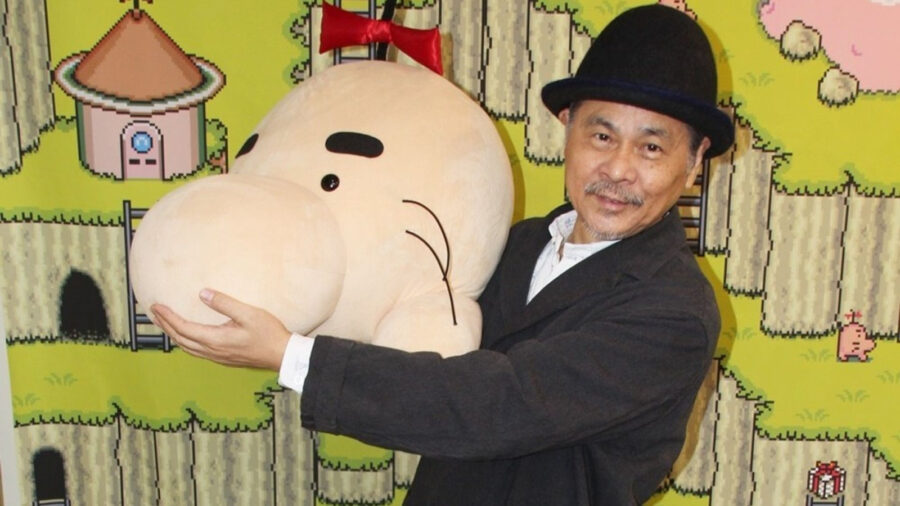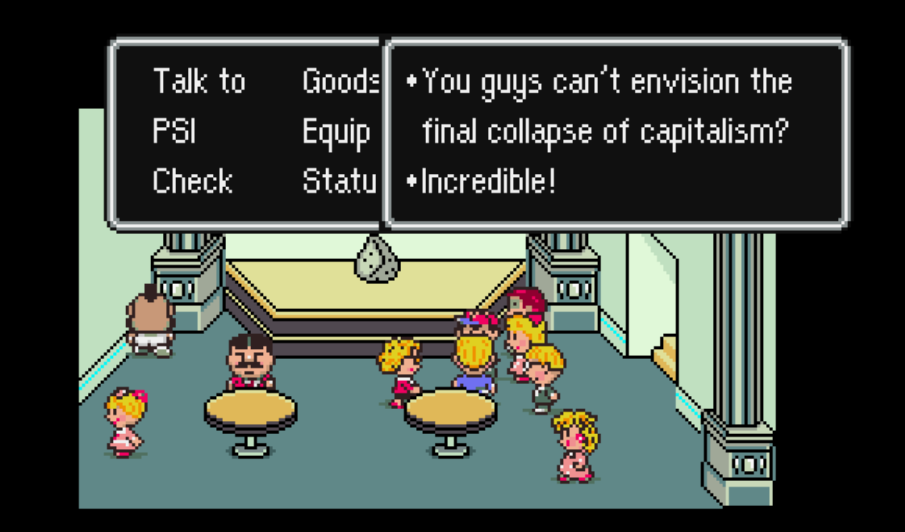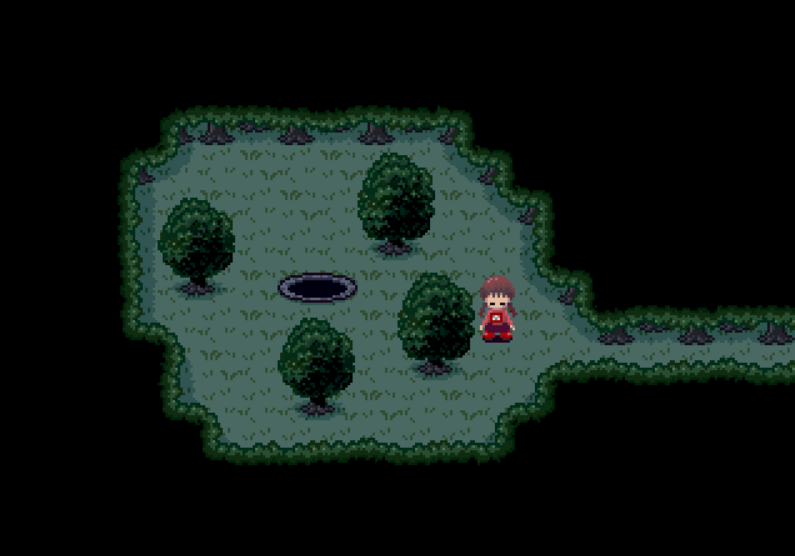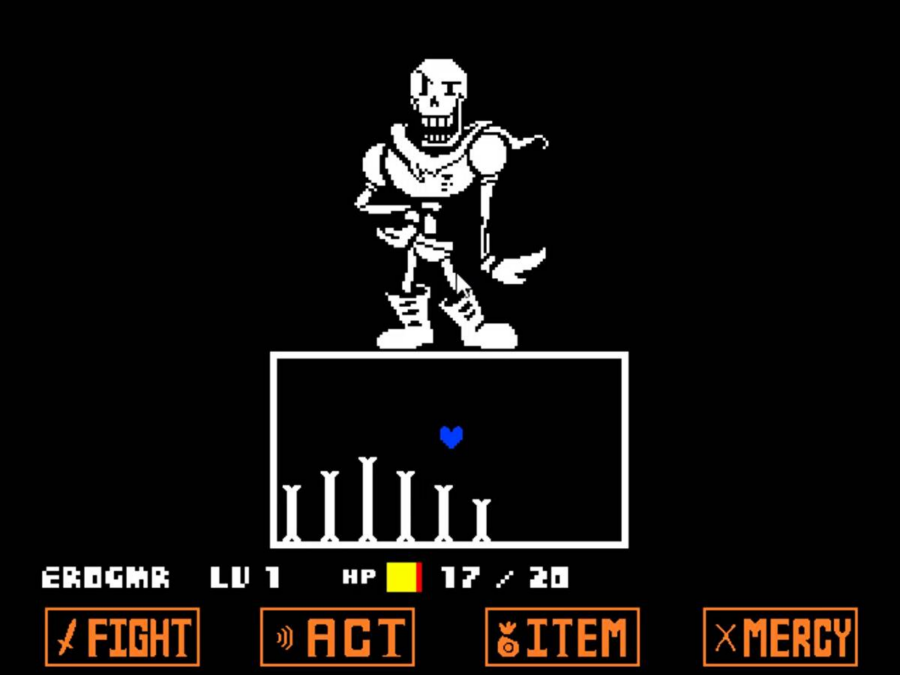The year is 1994. The gaming market is flooded with mascot platformers, turn-based RPGs, and fighting games. Most gamers were preoccupied with Donkey Kong Country, Final Fantasy VI, or Street Fighter II Turbo, instead of a strange game called EarthBound. Little did we know, that this little game “that stinks” would go on to inspire so many “EarthBound-likes” much later on.
EarthBound is considered a cult classic, though some may argue the game is a straight-up classic given its widespread popularity. However, this was not always the case.
For many people, unlocking Ness in the original Super Smash Bros. was their introduction to the world of EarthBound. Among the roster of fighters in the original game, Ness was arguably the least recognizable, and with that came an inescapable air of mystique. Who is this boy? Why does he have psychic powers? Is he a Pokémon or something? This drove children absolutely mad, and seeking answers to their queries, they would eventually stumble upon the critical darling known only as EarthBound.
Or Mother 2, as they call it in Japan. Oh, I’m sorry, did you already know that? Well, did you know that Super Mario Bros. 2 also went by a different name in Japan: Doki Doki Panic? Not so tough are you now, smart guy.

Most RPGs at the time, such as Final Fantasy and Dragon Quest, usually saw a ragtag team of misfits set out on an adventure across a medieval fantasy world filled with swords, potions, and goblins, on their way to kill god or at least somebody with a god complex. It’s a bonafide recipe for success, considering that many games are still churning out the same formula to this very day. But, EarthBound set out to be different.
Set in the year 199X (90s kids will remember this year fondly), EarthBound follows the exploits of literal children Ness, Paula, Jeff, and Poo, and their journey across “Eagleland”, which is quite frankly an offensive parody of the United States. Instead of swords, shields, and magic spells, our team is equipped with baseball bats, yo-yos, and psychic powers. You square off against a gang leader in an arcade, fight a giant pile of barf, save a town from a group of crazy cultists, and plenty of other scenarios not typically seen in RPGs or video games at the time.
EarthBound, and the Mother series at large, is created by Shigesato Itoi, who inserts a lot of his personal beliefs into the games. “There is a part of the creator’s soul in that game,” said Zion Grassl, creator of the documentary The MOTHER We Share – Our EarthBound Story. “And I think there’s not a lot of games out there that necessarily feel like that.” Itoi’s wikipedia page describes him as a copywriter, essayist, lyricist, game designer, and actor. The man has an impressive pedigree to say the least, one that sets him and his games apart from others in the field.

The plot is best left experienced instead of explained, and it’s safe to say that EarthBound resonated greatly with those who could actually get their hands on it. Nintendo didn’t make the game widely available for quite some time after the SNES release, abstaining from Virtual Console distribution until the tail-end of the Wii U era (in a desperate need to sell Wii U’s) leaving those who played it to feel like members of an exclusive club.
Later on in the 2000s, the gaming market had shifted more towards realism, and shooting people. Grizzled men with guns dominated the medium, and color palettes would become largely desaturated, tinged in deep shades of brown and sometimes even gray. Gamers felt fatigued from the same old militarized mystery meat games and desired something different, and with the rise of indie games in general, we began to see many EarthBound-likes pop up over the years.
So, what exactly is an EarthBound-like? Basically, it’s an RPG that deconstructs commonly held notions of the genre, usually filled with weird enemies, a unique combat system, and offbeat dialogue. Many of these games tend to be musings on depression, or the inner workings of our beings, to the point that it’s become a bit of a meme over the years.
Arguably, the first EarthBound-like was Yume Nikki. Released in 2004 by mysterious Japanese developer Kikiyama, the RPG Maker game takes clear visual and thematic inspiration from Mother while still very much being its own thing. It’s an avante-garde adventure that, also like EarthBound, inspired many up-and-coming developers and was a watershed moment for indie games in general.

It’s not surprising that EarthBound inspired so many games. Many people grew up playing JRPGs, and as such they hold a special place in their hearts. EarthBound took that tried-and-true formula and gave it a very personal touch. EarthBound is a piece of art where the creator wears their heart on their sleeve, which lets it resonate a little more with audiences than, say, a high-fantasy world filled with hours of grinding (though that’s not to say the Mother series isn’t guilty of the grind). After EarthBound, there was only one more game released in the Mother series, and perhaps the lack of overseas distribution is to thank for the rise of EarthBound-likes in general.
I am of course talking about that taboo, bad word game that Nintendo dares not to speak of: Mother 3. Originally it was planned to release on the Nintendo 64 as EarthBound 64, but the game was canceled and later revived on the Game Boy Advance, with an obviously different title. The game was tragically only released in Japan– at least officially. Members of Starmen.net (one of the most dedicated fanbases to anything I’ve ever seen on the internet) produced a fan translation of the game, allowing people across the world to enjoy it and sob over the ending together.
Still, a fan translation isn’t exactly considered “wide distribution”, and poses a hurdle to many who either don’t know or don’t care to know how to play the game on their computers. It hasn’t stopped people from begging Nintendo to release the game overseas non-stop (just look at the replies to any Nintendo Direct announcement). However, that unquenched hunger and frothing desire inspired many developers to fill the hole in their hearts themselves. Toby Fox famously created Undertale mostly by himself, and has cited EarthBound as a massive inspiration for his game, which has surpassed its muse in popularity at this point.

Other popular EarthBound-likes are LISA, OMORI, and the upcoming title Oddity, which started life as a fan-made successor originally titled Mother 4, which absolutely had no way of being released under said moniker knowing Nintendo’s protective policies towards their IP. EarthBound-likes continue to take the internet by storm, and one of my personal favorites over the years is Barkley, Shut Up and Jam: Gaiden, a hilarious send-up of the genre. It’s too bad we’ll never get that sequel.
There’s always something to be said about having too much of a good thing, hence the debates centered around the many EarthBound-likes that exist now. Have these games become oversaturated? Or are these masterpieces that are pushing the medium into being considered a legitimate art form? I don’t know, but it’s impossible to deny the impact of EarthBound, as it created one of the greatest video game characters of all-time: Dungeon Man.




